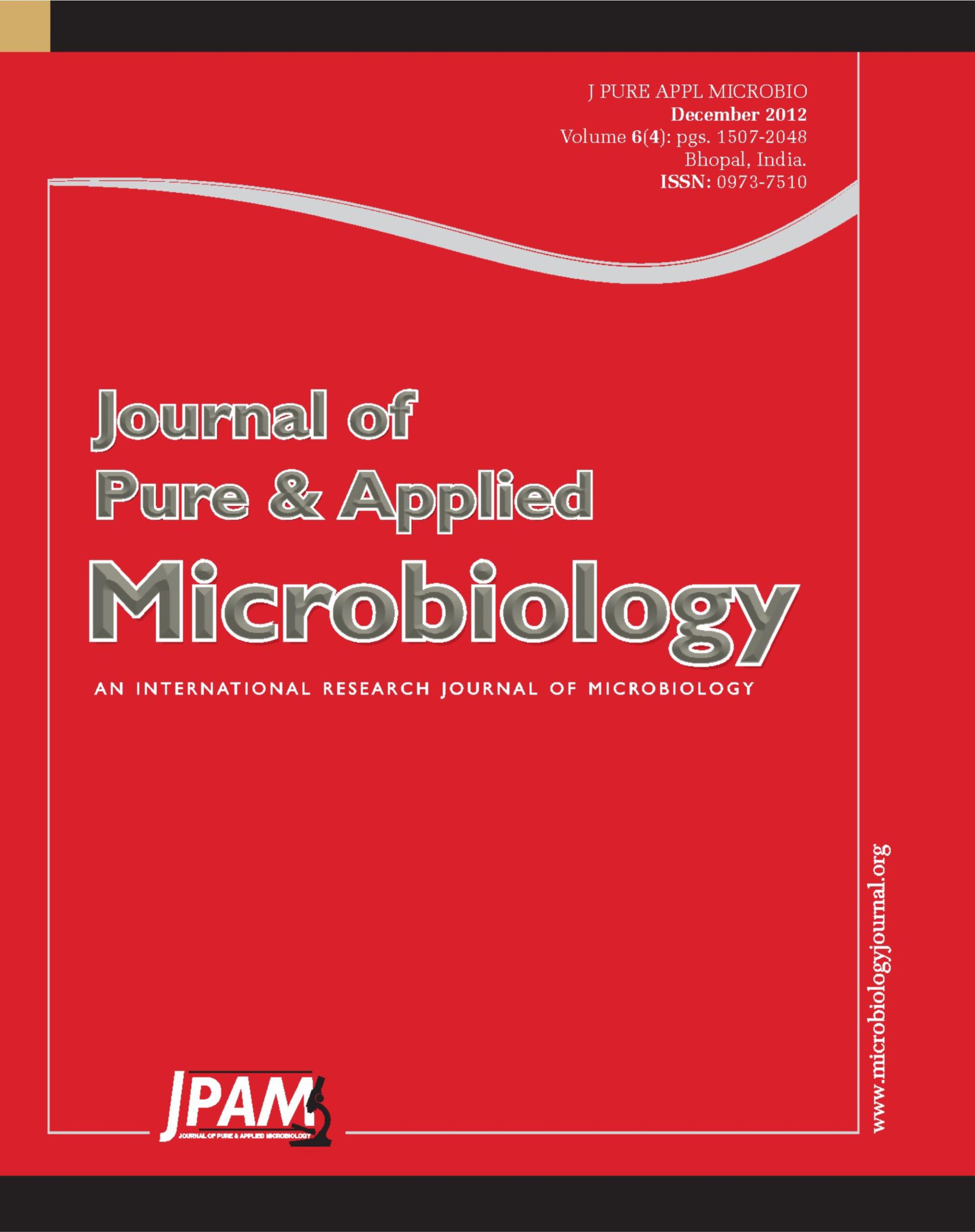This paper introduces the first faunestic, abundance and distribution of ixodid ticks in Sari County, Iran by inspecting domestic ruminants. A total of 2356 domestic ruminants were examined for ticks. The species collected from livestock showed presence and abundance of six species in four genera. The most abundant species were Hyalomma marginatum (41.2%) followed by Hyalomma anatolicum excavatum (21.35%) and Ixodes ricinus (17.78%). Ixodid tick infestations on hosts were 46.16%, 32.49% and 21.35% for goats, cattle and sheep, respectively. The seasons of highest infestation were fall and spring, the least being winter and summer. The occurrences of the ticks on various parts of the hosts’ body were different. Based on the results veterinary and public health investigations are necessary in the study area.
Distribution, Hard ticks, Domestic ruminants, Sari, Mazandaran, Iran
© The Author(s) 2012. Open Access. This article is distributed under the terms of the Creative Commons Attribution 4.0 International License which permits unrestricted use, sharing, distribution, and reproduction in any medium, provided you give appropriate credit to the original author(s) and the source, provide a link to the Creative Commons license, and indicate if changes were made.


